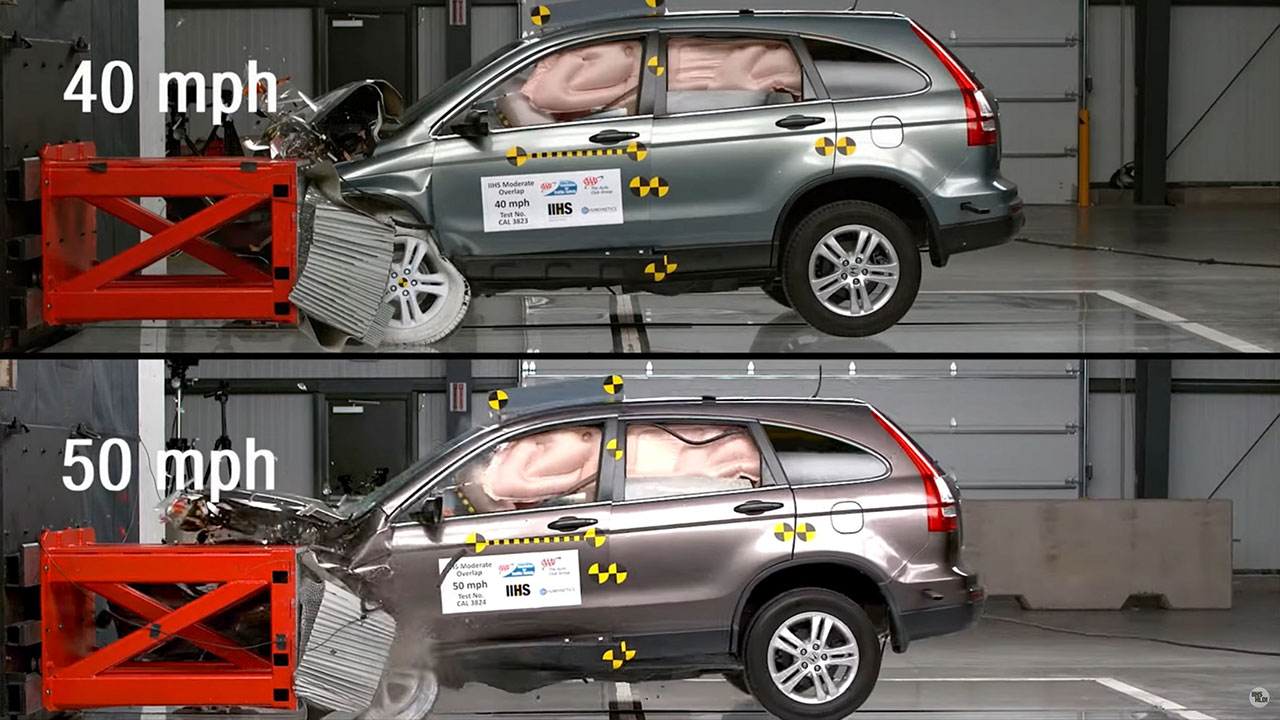IIHS experts have answered a popular question about why crash tests are always conducted at a low speed of 40 mph (64 km/h), although by law cars on some roads in the US can travel at speeds of up to 85 mph (137 km/h).
IIHS vice president Raul Arbelaez said that in the context of crash tests, faster does not mean more representative. The goal of the research is to make cars safer in common accidents, so from a large data set of real incidents with serious injuries, the average speed at which accidents occur most often is selected.
Testing at high speeds can adversely affect the safety of cars in an average crash. In order for the body to withstand the stresses of high speed crashes, it must be made stiffer, which will have unintended consequences in low severity incidents.
For example, a 10 mph (16 km/h) increase in crash test speeds can have a significant impact on vehicle design. Although 50 mph (80 km/h) is 25 per cent faster than 40 mph (64 km/h), the difference in crash severity would be 56 per cent. Arbelaez says that developing vehicles that can deliver such a relatively small increase in test speeds is "significantly changing" them.
Source: IIHS

